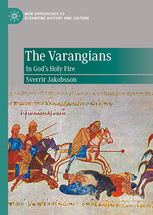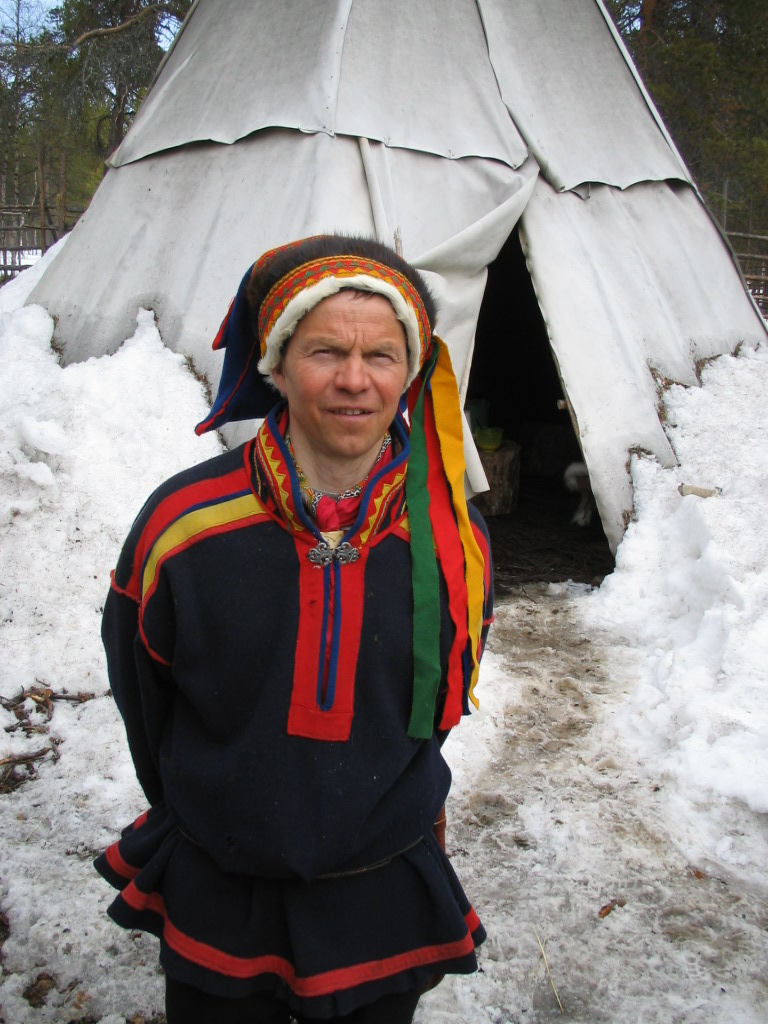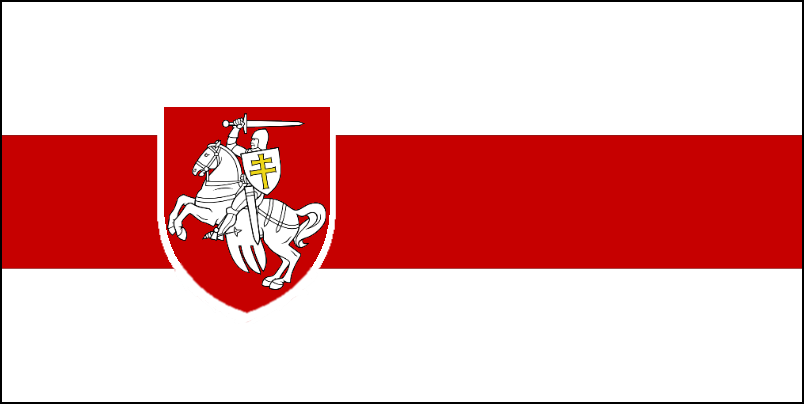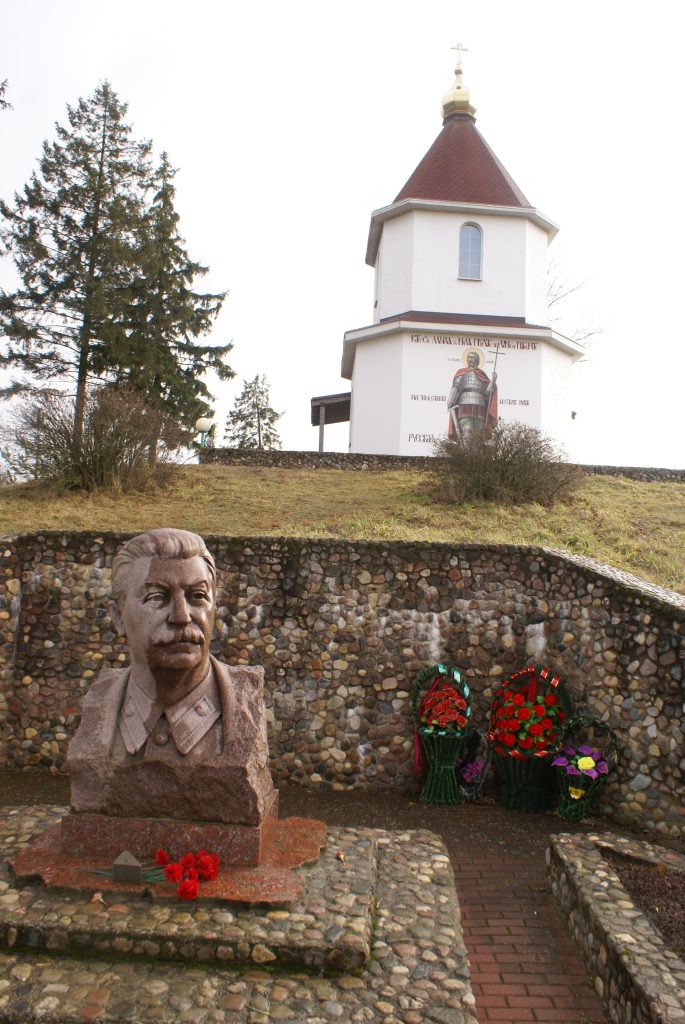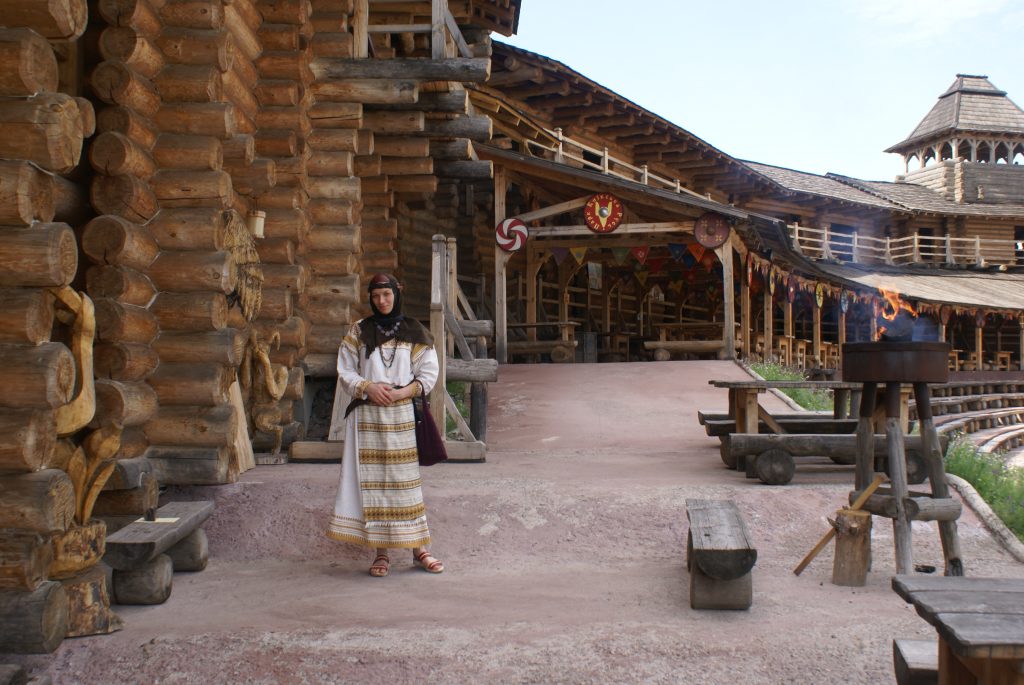Protests in Belarus continue, though largely absent from the international media. 300 people were detained last Sunday and more protests are expected tomorrow. Instead of taking place in the central square, they are now dispersed all over the city to make the detaining more difficult. The protesters are now sometimes seen in Santa Claus costumes, asking Lukashenko to give the people the present of going away.
Red and white has in fact been the colour of the protests since the beginning. Last August, people were wearing red and white, getting married in red and white wedding dresses, putting red and white underwear next to each other on the clothes line, white dogs wore red ribbons and white-clad women sported red umbrellas.
This is a reference to the old Belarusian state flag, first used in 1918-19 and again from 1991-95 before being substituted for the present green and red flag by Lukashenko after a referendum. It is even illegal to wave the old flag, and “Lukashenko’s ninjas,” police special forces, have been known to escalate buildings to take down the banned flags.
The origins of the flag are traced back as far as the 13th century, as battle flag for what now might be considered Belarusians who fought for the Grand Duchy of Lithuania. As the Rus principality of Polotsk, in what is present day Belarus, was incorporated into the Grand Duchy, it could almost be said that the Belarusian opposition is still flying the flag of the ancient Rus.
Flying The Flag: Belarusians Show Their True Colors In Solidarity With Protests (rferl.org)
Here’s why are protesters in Belarus are flying a white-and-red flag — Meduza
Hundreds arrested in fresh Belarus protests against Lukashenko (france24.com)

